The Art of Baking – a dry heat method of cooking Definition of Baking
Baking is defined as cooking food in an oven using dry heat. That’s all well and good, but since baking is one of the primary ways in which we cook food, let’s take a minute to look at baking in depth. When we think of “baking,” we generally think about cakes, breads, and pastries. In the Roasting section, we will discuss oven roasting of meat and vegetables.
History of Baking
Baking was originally accomplished in the coals of a fire or on a hearth. The Italian peasant bread, focaccia, comes from the Italian word for hearth. Notice that it is the same root as the word “focus.”
The hearth was, literally and figuratively, the center, or focus, of the home. From the earliest unleavened breads from the Middle East and the Americas to risen breads to elaborate cakes and pastries, history leaves us records of baking in many ancient civilizations, including Babylon, Egypt, Rome, and Greece.
Types of Ovens
Several free-standing brick ovens have been uncovered in the ruins of Pompeii. Other ancient ovens include clay and even mud ovens, and later, in the 1600s, cast metal ovens, such as the Dutch oven. Although brick and clay ovens are still in wide use all over the world, including in America, most home bakers will have access to a conventional oven, a convection oven, and/or a microwave oven.
Conventional ovens consist of a metal box with several racks and upper and lower thermostatically controlled heating elements of some sort (gas or electric). Preheating a conventional oven first heats the air in the oven and then the metal box itself. Cooking is primarily done through means of radiant heat. Heat is transferred from the walls of the oven to the food through the air in the oven. Some conduction occurs, as well.
Conduction is the transfer of heat through direct contact. For example, cakes are baked with radiant heat from the oven itself, and heat is also conducted from the cake pan (which, of course, has heated up) directly to the batter. This is why baked goods are generally darker at the edges where they meet the pan: the food is being cooked through two heat transfer processes at once.
Convection ovens are similar to conventional ovens but also have a fan inside that creates an air current inside the oven. Regular convection ovens have a fan that blows air, but true convection ovens also have a third heating element located right behind the fan, so the fan blows heated air.
Convection ovens generally speed up the cooking process, harnessing radiant, conductive, and convective heat energy. If you have a convection oven, your baking times will be shorter, and you will most likely have to set the thermostat anywhere from 25 to 50 degrees lower than your recipes call for unless they were developed using a convection oven.
Microwave ovens send energy into food through waves that excite “lopsided” molecules, namely water. Microwave ovens can heat quickly, but since water boils at 212 degrees, food will never get hot enough to brown. For that reason, most home cooks eschew the microwave for cooking, but they are very useful and efficient when it comes to reheating foods.
Baking V. Roasting
The age-old question of which came first, baking or roasting. No, I am confused by something else. Seriously, I always get asked what the difference is between baking and roasting. People want to know why we bake bread but roast chicken since they are both essentially the same dry heat cooking method. You have baked clams but roasted bruschetta. To make matters even more confusing, there are baked potatoes and oven-roasted potatoes.
To help clarify this, I wrote a blog called Baked or Roasted—You Decide, which might help or even confuse you more.
Mixing Methods
Since we have established that baking starts with dough or a batter, let us examine the different methods for making a batter or dough. We’ll discuss methods for making bread dough elsewhere. Many of these methods outline how fats are incorporated into the batter or dough.
Creaming
In the creaming method, fats are mixed with sugar to form a mixture that is either smooth and creamy (cookie dough) or light and fluffy (cakes). Then, eggs are added one at a time, followed by adding dry ingredients (flours + salt + spices + chemical leaveners) alternately with wet ingredients (milk/water + liquid flavorings).
The resultant batter can be very thick, as in cookie dough, or “spoonable,” like cake batter. Rarely does the creaming method produce a truly pourable batter. So why combine ingredients this way?
The initial creaming of the fat with the sugar creates lots of little air bubbles (fewer for cookies, many more for cakes). The sharp edges of the sugar actually cut into the butter and create a bunch of little air pockets. Upon heating, the air in the pockets expands, helping the dough/batter to rise.
Beating the eggs in early allows even more air to be whipped in (think of meringue) in the initial mixing stages. In the creaming method, it is very important that you do not skimp on the creaming of the fats/sugar/eggs.
The more air pockets you have, the more rise you will get, regardless of how much baking powder or baking soda you add to the batter.
When adding the flour and liquid, mixing as little as possible is important while still combining the ingredients well. The less you mix, the less gluten is developed, resulting in a more tender final product.
Adding flour before the liquid helps coat the flour with fat, further inhibiting gluten production. If you add liquid first, then flour, you will end up with a chewier final product since more gluten will be activated.
Muffin
The muffin method is used to make muffins, scones, pancake and waffle batter, and other quick breads. It’s pretty easy, but like many easy things, it must be done correctly to be successful. The muffin method combines all dry ingredients (flour, salt, sugar, chemical leaveners, and spices).
All wet ingredients are combined (milk/water + liquid fats + eggs + liquid flavorings).
Then, the wet ingredients are poured onto the dry ingredients and gently mixed. Lumps are okay in this method—they will settle out independently. Since you’re not taking the extra step of coating the flour with fat, it is extra important that you mix gently so you don’t activate the gluten.
When incorporating the wet with the dry, don’t think “mix,” think “fold.” You want to fold the ingredients together to make a batter gently. This folding shouldn’t take any longer than about ten to fifteen seconds. Then, even if it’s lumpy, as Alton Brown says, “Just walk away.”
In reality, you want to get your batter into tins and into the oven (or on the griddle) relatively quickly so the chemical leavening can do its job.
Biscuit
The biscuit method is used to make biscuits, scones, and many pie doughs. In this method, dry ingredients are combined (flour, sugar, salt, chemical leaveners, and dry flavorings).
Then, chunks of cold, solid fat (butter, lard, shortening or a mixture) is cut into the dry ingredients) with either forks or another mechanical helper or by hand), until the fat is about the size of peas. This method allows some of the flour to be coated with fat, adding to tenderness while leaving enough fat in large pieces to melt during the baking process and create steam. This adds texture and leavening to the final product.
Once the cold fat is cut in, cold liquids are added (ice water/milk/buttermilk/cream). It is important to keep the fats very cold in this method. If the fats begin to soften before you are finished, put your bowl in the freezer for a few minutes so they firm up. Once the liquid is incorporated, mix minimally, shape and bake.
Two Stage
The two-stage mixing method was originally applied to high ratio cakes. The term high ratio refers to a high ratio of water to flour held together by the emulsifiers in the “new-fangled” solid shortenings. Since the emulsifiers could hold more water, the batter could also hold more sugar since sugar dissolves in water. This helped to increase the shelf life and moistness of cakes.
Since we have become more health conscious about the effect of trans fats, solid shortenings have fallen somewhat out of favor. However, The two-stage mixing method is effective for creating a meltingly tender, finely crumbed cake.
In the two-stage method, you mix all the dry ingredients in the bowl (flour + sugar + salt + chemical leaveners + dry spices). Then, you mix the eggs with about ¼ of the liquid ingredients (milk/water + wet flavorings).
Make sure that all dry ingredients are well mixed in the bowl. Then add butter at cool room temperature plus the egg mixture. Mix on low to moisten all the ingredients, and then beat on medium for a couple of minutes to develop the structure of the batter. The batter will become light and fluffy.
Next, add the rest of the milk in three additions, scraping the bowl and mixing for a few seconds between additions. Batter made using this method is generally a bit thinner than batter made with the creaming method. Since dry + wet + eggs are mixed in simultaneously, you will not get the same amount of air bubbles as you will with the creaming method. Your final product will have a tighter, more velvety crumb and a melting mouth feel.
Egg Foam
The egg foam method is used to make genoise, angel food cake, and meringue-type cookies. In this method, most (if not all) of the leavening comes from an extended beating of either egg whites or whole eggs with sugar. Then, the dry ingredients are gently folded in.
A batter made with the egg foam mixing method is generally very thick and light. It is best to bake these cakes immediately and let them cool in the pan upside down, as their structure is very delicate until cool.
There are also some “hybrid” mixing methods where eggs are separated, the yolks are added according to the creaming or muffin method, and the whites are beaten to medium peaks and folded in before baking. This creates a batter with extra lift—from chemical leaveners, air bubbles created during creaming, and air bubbles in the egg foam—and a drier end product.
You Are Now Ready To Bake Anything
Now that you know the major mixing methods, the world is your oyster. You can take almost any cake recipe that calls for the creaming method and apply the two-stage method. Note the results, and then use the method that you like best.
Read a recipe, name the general mixing method based on the instructions, and then adapt it how you see fit. Not all mixing methods are interchangeable, but you can usually choose between creaming or two-stage, creaming or muffin, or even adapting a recipe with whole eggs to the hybrid method described above. It all depends on the final texture you seek: tender, chewy, light, and dry, or moist and velvety.

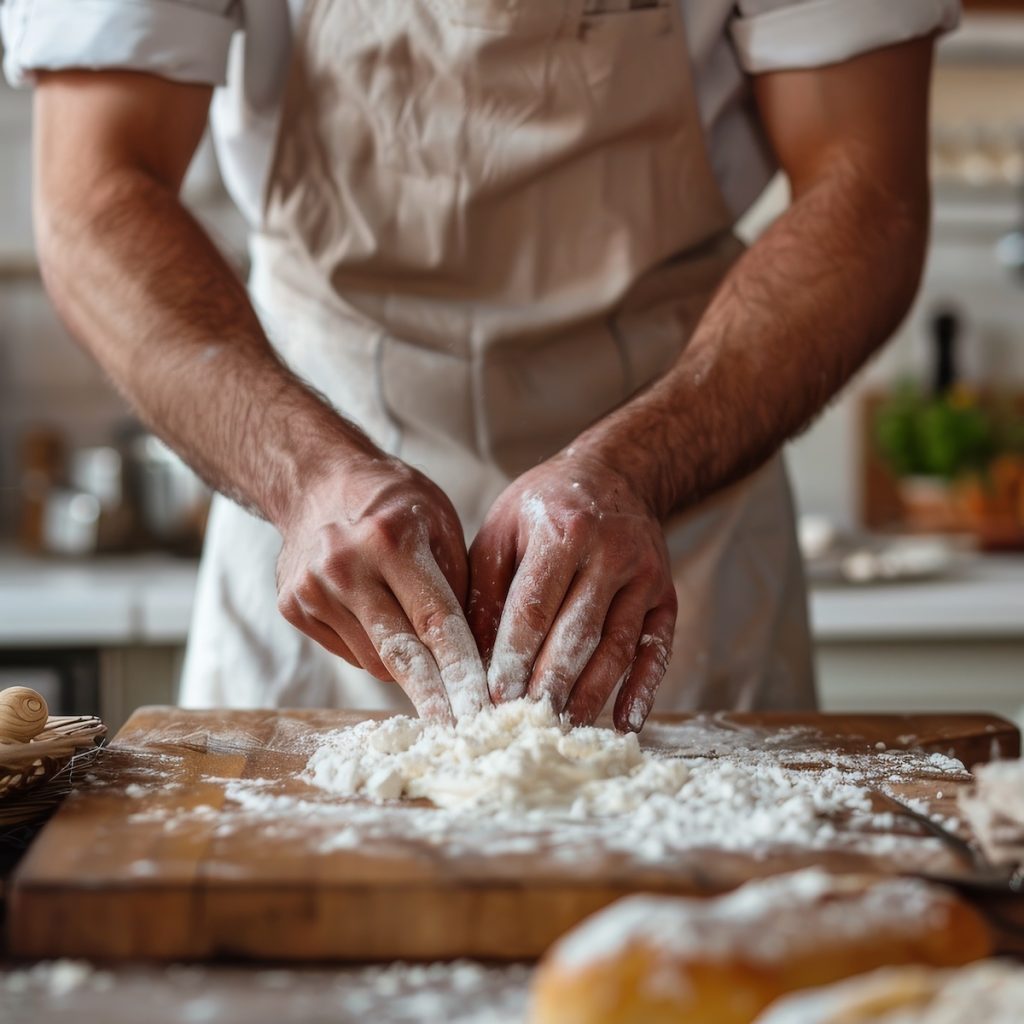
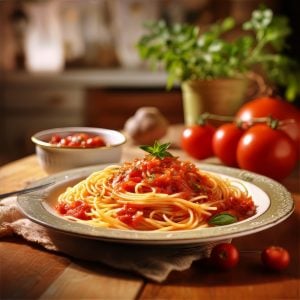
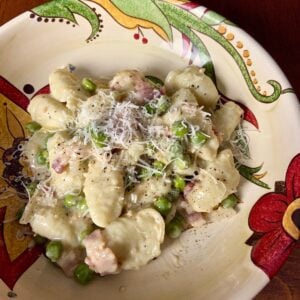


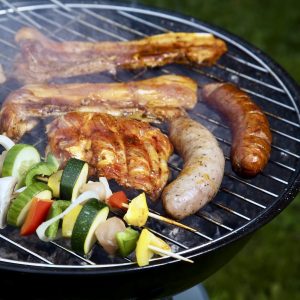
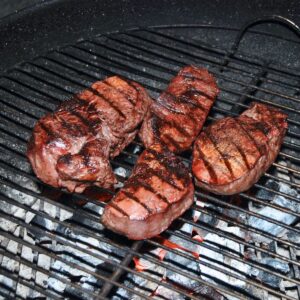
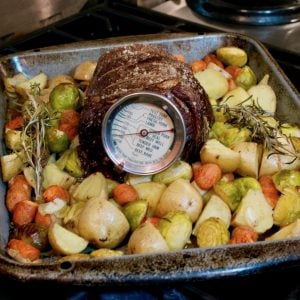
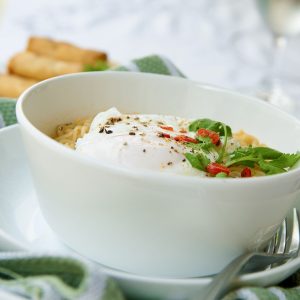
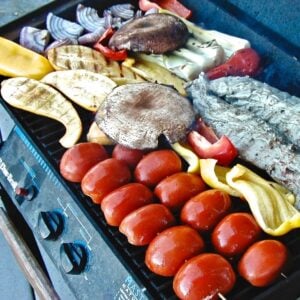
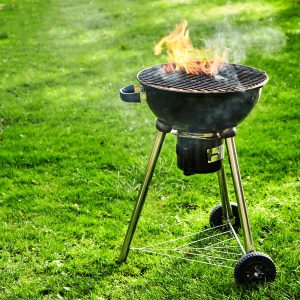
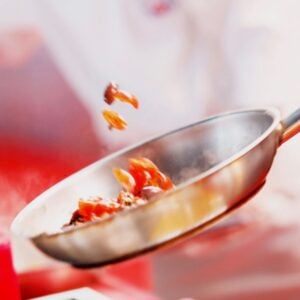
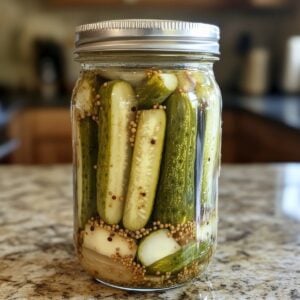


11 Responses
Hello, I am from India. You provided useful information because I always have questions regarding rack position whenever I bake. I am using conventional OTG(22lts), but I want your guidelines to tell me on which rack the cakes, pizza, cookies, bread, loaf, and dinner rolls should be baked and which element (upper or lower) should be switched on while baking. Your advice will be a great help to me.
I am a housewife, and I attempt cake baking but many times with a lot of failures. I wonder if you could recommend a few good books with good cake-baking techniques and recipes, too, that could help me improve on my cake-baking failures. Thanks, Mrs Josette Mamo
Josette, there are a couple of very helpful books out there to help you become a better baker. I would bet it is mainly a case of understanding the mixing methods. I recommend Bakewise by Shirley Corriher and The Cake Bible by Rose Levy Beranbaum. Bakewise covers all sorts of baking and is excellent in explaining techniques, ingredient function, mixing methods and in providing sound recipes that illustrate all her points. The Cake Bible is just that. All things cake, written by one of the best. She usually uses the Two-Stage Method to make her cakes, but once you understand the principles involved, you can use The Creaming Method. In fact, a wide variety of butter cakes can be made using either method!
…. love your site could spend hours here – and do …… very informative post … thank you!
Thank you so much Simona. Very much appreciated.
In Tip #5 you show the bread being kneaded on a floured board. You specifically said that that’.s a no-no. I’m confused about this. Should I flour or oil the board? I’ve always floured, but I was prepared to try the oil method.
Hi Deirdre, I think you are referring to Tip #5 and #6 at http://www.reluctantgourmet.com/8-bread-making-tips/4/ showing someone working with dough on a floured board. Thank you for bringing it to my attention and I’ve changed the photos. To answer your question, I would try both and see which method works BEST for you. I’m suggesting using the oil method but if you are more comfortable using flour, that may be what works for you. Trying both side-by-side would be easy enough and you would learn which method you like better.
I think you have an absolutely wonderful site. I’m 86 and have done a lot of cooking, and you are good!!! Always learning, of course, which is why I wondered about the flour versus oil kneading method.
This is absolutely amazing… I think fundamentally understanding what you are doing through each cooking process really influences the successful outcome of the dish, and this is a prime example of knowledge that explains why there are so many failed attempts at baking goods. My mother, for example, is an excellent cook, but not understanding the chemistry of baking means most of her cakes end up deflating or undercooked. I really look forward to seeing what else you have on this website!!!
Is their a formula for figuring out baking time and temperature if you already have a base amount, time and temperature?
example:
1-1 lb. loaf of bread bakes at 375 degrees for 20 minutes.
what would 2-1 lb. loaves bake at?
what would 1-2 lb. loaf bake at?
Is their any set rule or guide to determining the time and temperature if all else is given (such as same oven; same pans; etc.)
Rule of Thumb Same temperature (375°F).
Add 5-10% more time for two loaves (around 22-25 min instead of 20).
Use an instant-read thermometer (target 190–200°F internal temp).
Check doneness visually (golden crust, hollow sound when tapped).